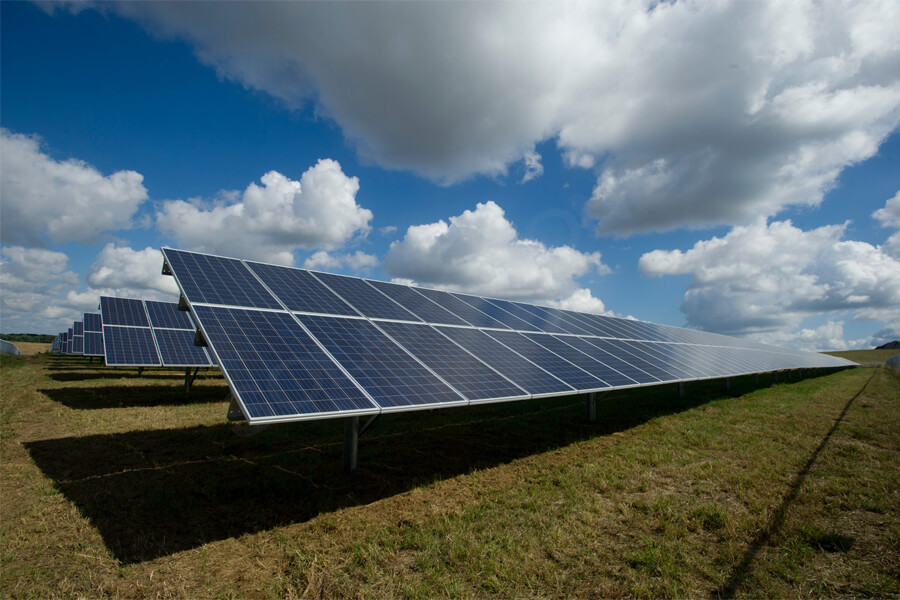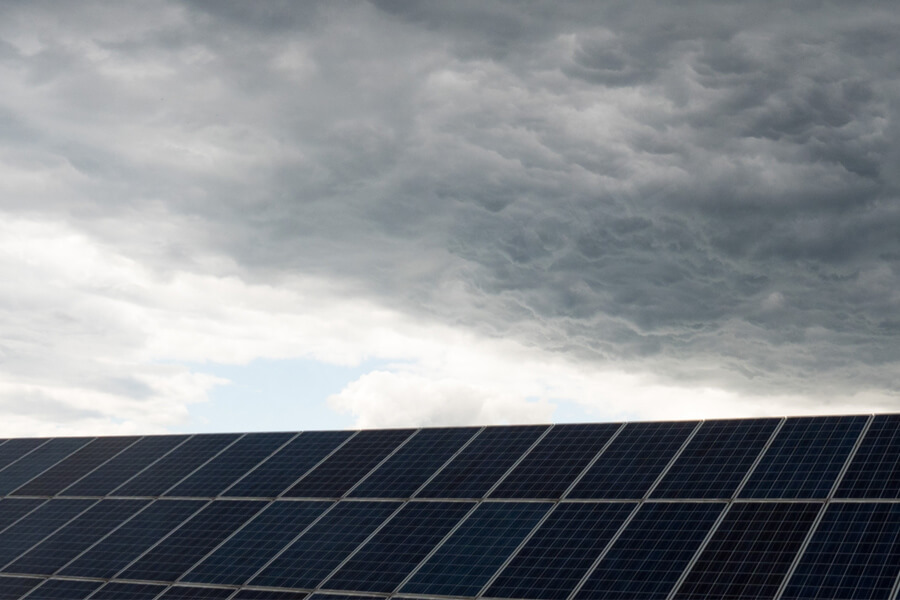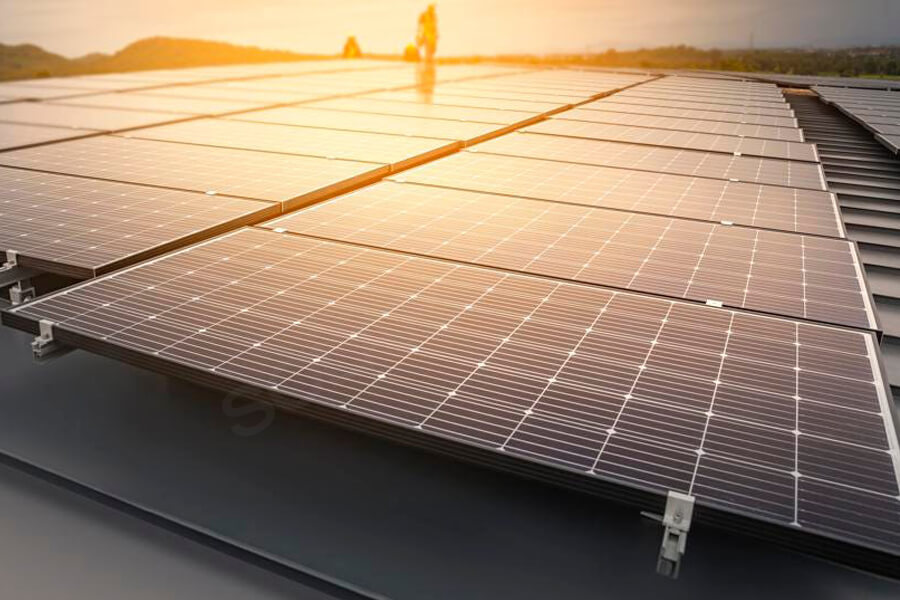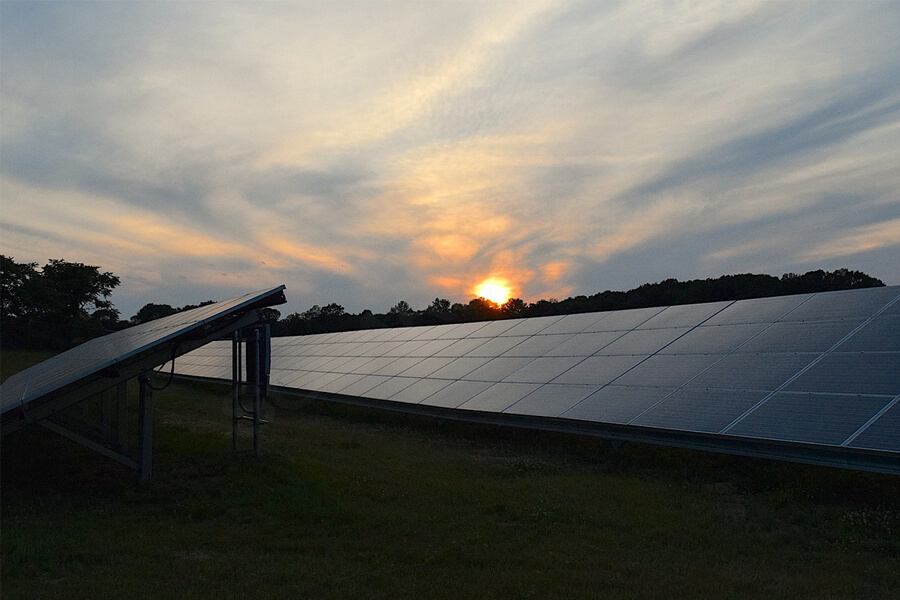The renewable energy industry, especially the solar energy industry, is still young. This is why people ask various questions about how PV modules work. One of them is “Do solar panels always need direct sunlight to work?” The short answer is “No, they don’t.”. In this article, we will discuss the relationship between the sun and photovoltaic modules, and how shadows and weather affect it.
When the sunlight irradiates the PV module at an angle of 90 °, the PV module will generate the maximum amount of energy. This is why positioning and angle are so important for solar devices. In the northern hemisphere, solar panels should face south to generate maximum energy. The inclination of PV modules can be equal to your latitude. In the United States, an angle between 30 ° and 45 ° can normally work.
However, photovoltaic modules do not necessarily need direct sunlight to work. Even if the sky is covered with dark clouds, photovoltaic modules will still generate energy, and photovoltaic modules use more than visible light.
The sun emits radiation of different wavelengths, some of which are invisible to the human eye. This invisible radiation penetrates the cloud and directly enters the photovoltaic module. As long as it is daytime, solar panels will continue to generate energy. So if you can’t install solar panels in direct sunlight, they can still work, but the capacity is low.
If there is anything between the sun and your photovoltaic module, it is another matter. The solar panels in the shade generate much less energy because the solar cells in the photovoltaic modules are interconnected. If the performance of a solar cell decreases, the power generation capacity of the entire module will be affected. The performance of a PV module may decrease by more than 75%.
The continuous shadow will also shorten the life of PV modules, because some solar cells must work more than other solar cells, and eventually burn out. PV module manufacturers solve the problem of shading by installing bypass diodes in PV modules.
They divide PV modules into several parts, usually three or four. If one cell in one part is blocked, the diode will not let it affect other parts. For example, a 330W photovoltaic module, if a solar cell is blocked, the solar cell with four bypass diodes will only lose 25% of its power output. A solar panel with three diodes will lose one third of its output.
If the modules are connected in series and use a series inverter, the shadow PV module may become a problem. The poor performance of one panel will drag down the power output of other panels. To avoid this situation, you can use a micro inverter instead, or combine the series inverter with the power optimizer of each panel in the string.
In overcast days, the performance of solar panels decreases by 10-25%. However, it is not unreasonable to use solar energy in cities and towns that cannot boast of sufficient sunshine. The profitability of solar photovoltaic system also depends on the electricity price: the higher the electricity price, the shorter the payback period of solar energy investment. This is why installing solar energy in cloudy Shanghai may recover costs faster than in sunny Hebei Province.
More importantly, the design and construction of photovoltaic modules have been greatly improved in the past few years, making them more tolerant of strange phenomena in nature. Now, even if the sky is covered with clouds, solar panels can maintain about 95% of the power output. Good energy conversion rate under cloudy conditions can ensure that your solar panels can quickly recover costs even in places that do not seem to be a good idea.







